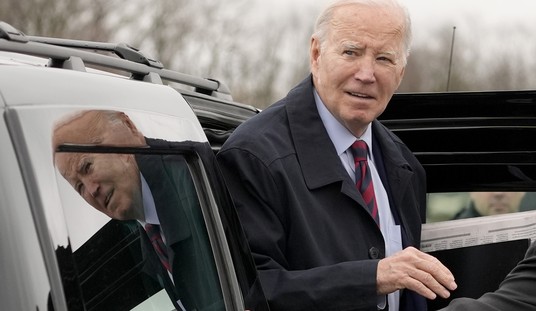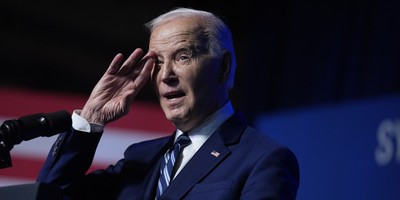Luckily, the National Taxpayers Union Foundation has put out these handy charts to actually compare the top-line numbers of the various budgets. These include the baseline, the House GOP budget (Rep. Paul Ryan's budget), the Republican Study Committee budget, President Obama's budget, House Democrats' budget, the Congressional Black Caucus budget, and the Congressional Progressive Caucus budget:


The only proposed budget of all of these that actually spends money next year is the RSC's "Back to Basics" budget, that aims to achieve budget balance in only four years. (Paul Ryan's aims for balance in 10 years.) The difference between the RSC budget and Ryan's budget is actually more than $100 billion.
Of course, that's small beans compared to what Democrats want to spend. The most fiscally-responsible budget is actually from the Congressional Black Caucus, which would increase spending for FY2015 by $246 billion. President Obama's budget represents a requested increase of $362 billion, and the Congressional Progressive Caucustips the scales at an increase of more than $700 billion.
Recommended
As the NTUF writes:
The Bottom Line: While many of the above budgets make strides to reform the federal government, and by effect public spending, much of the focus remains on discretionary programs. However, the largest problem facing America's taxpayers is unsustainable entitlement programs. Republicans seek to make some systemic reforms and Democrats propose to make up shortfalls with new taxes. Taxpayers may be disappointed to find that many of these polities offered by lawmakers in these blueprints are unlikely to bridge the partisan divide as unfunded liabilities will make up more of the federal budget.























Join the conversation as a VIP Member